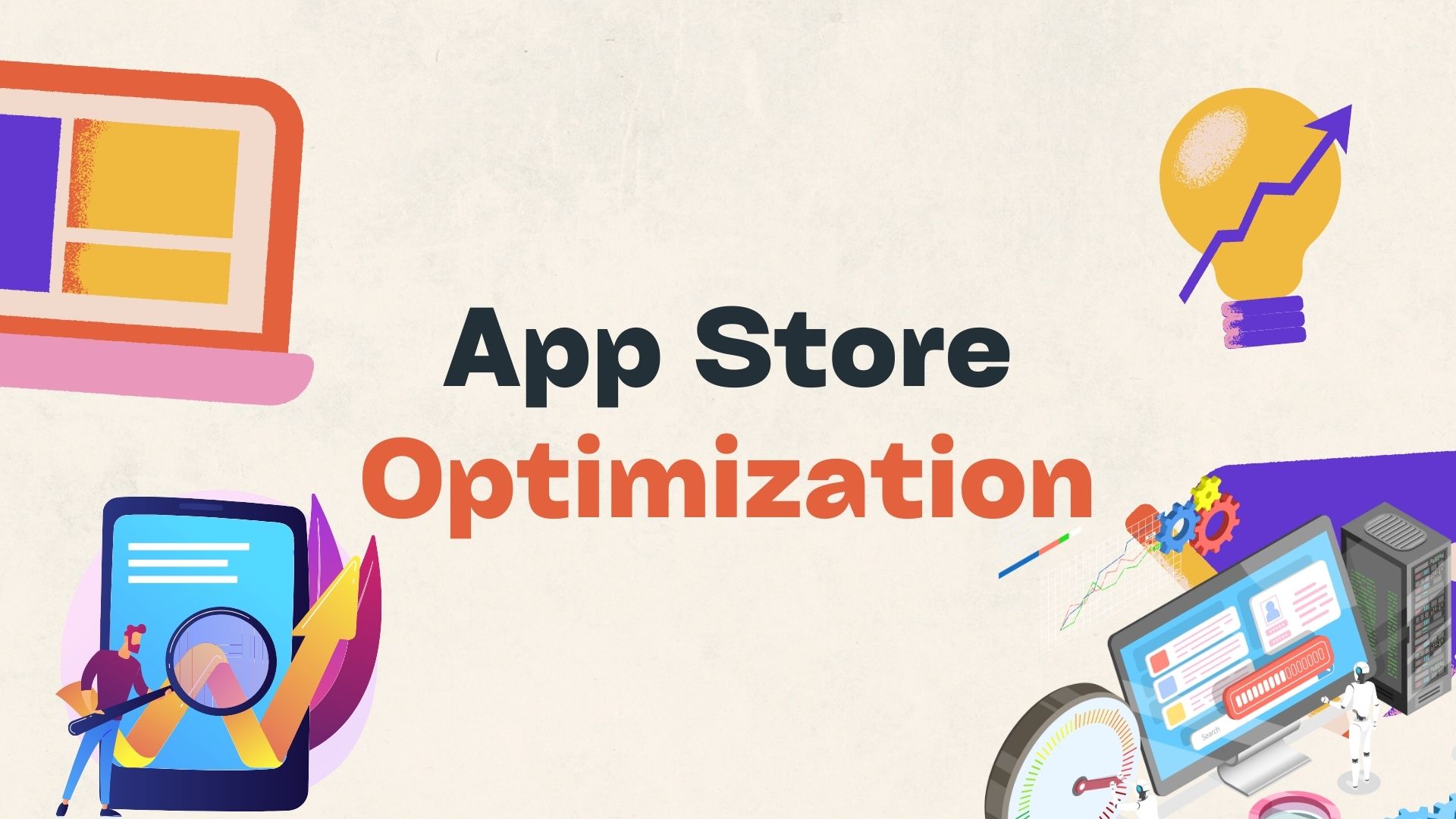7 Tools for Agile Business Intelligence
Page Contents
Tools used to enable and facilitate agile business intelligence are constantly evolving and changing. Moreover, agile tools are often multi-purpose, applying to BI app development or to marketing projects using BI with somewhat equal facility; so you may be more familiar with them if you are not dealing with business intelligence. With those caveats, here is a list of some of tools used for agile business intelligence that clients and others have found useful.
Full-Process Development Tools
These tools are for the general agile developer applying his or her skills to rapid BI-app generation. These tools are aimed at supporting the individual developer doing his/her job during the BI-app project – generating user-liked code rapidly and incrementally. It may seem as if agile business intelligence marketing has no use for these tools. However, it is possible that other areas do, for two reasons: first, as generating or finding usable software becomes easier, it is very possible that any task will be done better by simply generating code to do parts or all of the task (for example, generating a draft video of the latest TV spot), and second, because the agile-tool-supported process has something to teach us all about doing any task in a more agile fashion. Two such tools:
IBM WebSphere Portal. IBM will tell you that Jazz is an agile tool, but Jazz is more about a general agile process, with agile project management. WebSphere Portal is a nice example of a tool that allows you to create a user interface and then automatically generate all the middleware. You may be surprised at how easy it is for a naïve user to create something cool.
Thoughtworks Go and CollabNet TeamForge. These allow specific development and testing tools to be substituted or interchanged, so they’re not exactly “generate and go.” However, their focus is on agile and on the development process as the individual developer sees it (design, code, test, deploy), and each has an interesting twist. Thoughtworks emphasizes transparency of developer activity to everyone else (including “management”) – not control, but transparency. CollabNet emphasizes infusing the process with the ability to collaborate with other developers – collaboration in the service of agile.
Sharing/Whiteboarding Tools
These tools are about creating business intelligence apps (or using BI in a marketing process) in an agile process while sharing information. Many readers will envision a vague picture of an agile process as a “scrum,” with multiple players pushing forward individually with all their might and “combining” by interlocking arms. That’s not quite accurate. An agile process is a bit more like combinations of Brownian motion, with individuals heading off as fast as possible in one direction vaguely resembling the direction of others, until they bump into other developers or the end user. At that point, they redirect.
Sharing and whiteboarding tools minimize the need to interact with (or bump into) other developers by making everyone’s actions and usable information visible to everyone else, in one place. No need to contact others sequentially; just look at the common summary. When you have something to add, put it on the whiteboard. Several tools that enable this:
Trello, Asana and AgileZen. And Moovia, which is more in sync with the Scrum model.
For those who want to look at really sophisticated whiteboarding/sharing, IBM Lotus has been doing it for 20 years, and can give readers some ideas about other ways that sharing can be done effectively.
Collaborative BI Development Tools
Over the last decade, collaboration tools have considered extensively the case where developers are physically separated, and have begun to support a model of “loosely coupled” developers operating off a central website. Several such tools:
CollabNet in particular has aimed its collaboration tools at agile development. Both TeamForge and Subversion (nominally a software configuration management tool), both tools associated with CollabNet, include this kind of “loosely-coupled” coordination.
BI Project Management Tools
Three general types of tools are useful for business intelligence project management:
Software configuration management tools. These include not only the “check-in/checkout” discussed above, but also versioning: Agile developers go off on different tracks, and reconnect/re-integrate in new “versions.” While there are many such tools, almost all are based on two 1980s tools called RCS and (the desktop variant) VCS. Amazingly, the original tools are quite useful for handling multiple people writing drafts of a document.
Gantt-chart tools. These are the “overlapping arrows” we all know and love. (OK, maybe love is a strong word.) Now, there are several “open-source” ways of muddling through.
Scalable tools. These are aimed at very large, un-agile projects, but some are moving briskly in the direction of stripping down oversight to a minimum. CA Clarity, according to recent reports, appears to be “agilifying” nicely.
Project management tools also act as a sort of “umbrella,” unifying other agile software development tools. These tools therefore also consider the stages of the traditional “waterfall” development process (design, code, test, deploy) as separate tasks – which can be useful as well, as long as the tool doesn’t force you into doing these tasks sequentially.
BI Project Portfolio Management Tools
It may seem odd of me to be enthusiastic about the potential of agile PPM tools, but I like the way these consider your agile efforts as a whole, across the company, and the way in which participants can move across projects as appropriate. However, the original focus of PPM tools was “more efficient use of developer resources” and “better reporting and comparison of development projects,” so agile is not typically in their DNA.
I would point again to CA Clarity as a PPM tool with agile potential. In fact, all PPM tools could be used in an agile fashion, if you simply turned off most of the requirements for developers and project leaders to report upwards and instead used the PPM for “skills management” – i.e., ensuring participants are evolving in an agile way. To put it another way, you can think of the PPM tool as a cross-project Scrum Master.
BI Information Agility: Data Virtualization
As I've written before, data virtualization is today’s pre-eminent software tool for improving data agility by auto-discovery of new Web data and data types. It also allows you to query once for widely disparate data sources. The two tools with the most DV in their DNA are:
Composite Software (e.g., Composite Information Server) and Denodo.
Agile BI Marketing Tools
A company called Valtech has an interesting take on useful agile-marketing tools that are less about supporting the agile BI process and more about delivering its marketing products rapidly. They call it a “customer-responsive platform” and they divide it into approximately three parts:
- Digital Asset Management (e.g., providing a base of audio, video, etc. for marketing campaigns)
- Product Information Management (e.g., providing a common set of information across media about the product that you are marketing)
- Web Content Management (e.g., providing ways to rapidly generate and monitor key types of Web content from the other two data stores)
The goal is effectively to “generate” marketing content for multiple “channels” (within the Web, such as websites and social media, and across media, such as parallel TV ads). In this case, business intelligence is crucial to customer targeting. The aim of these tools is to: deliver to multiple channels in parallel, deliver on-the-fly (in rapid response to a need) and to allow incremental releases and experimentation.
Valtech cites Adobe tools for these purposes, but it appears there is now a rich set of such tools out there.
Wayne Kernochan is the president of Infostructure Associates, an affiliate of Valley View Ventures that aims to identify ways for businesses to leverage information for innovation and competitive advantage. Wayne has been an IT industry analyst for 22 years. During that time, he has focused on analytics, databases, development tools and middleware, and ways to measure their effectiveness, such as TCO, ROI, and agility measures. He has worked for respected firms such as Yankee Group, Aberdeen Group and Illuminata, and has helped craft marketing strategies based on competitive intelligence for vendors ranging from Progress Software to IBM.

Wayne Kernochan has been an IT industry analyst and auther for over 15 years. He has been focusing on the most important information-related technologies as well as ways to measure their effectiveness over that period. He also has extensive research on the SMB, Big Data, BI, databases, development tools and data virtualization solutions. Wayne is a regular speaker at webinars and is a writer for many publications.



